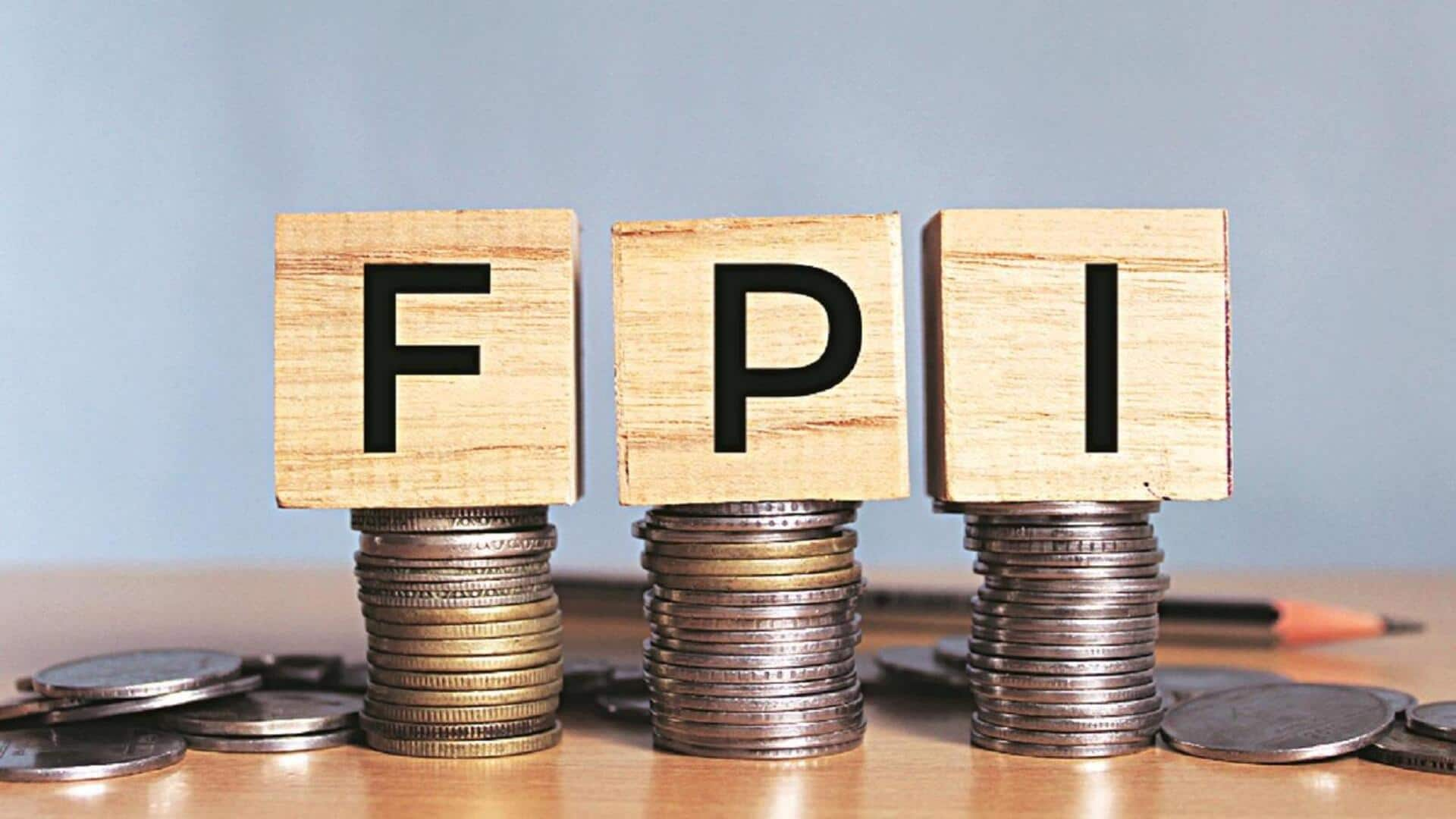
FPIs end 8-week selling streak, invest ₹1,500cr across asset classes
What's the story
Foreign Portfolio Investors (FPIs) have broken their eight-week-long selling streak in the Indian equity markets. According to data from the National Securities Depository Limited (NSDL), FPIs made net purchases worth ₹1,484.99 crore across all asset classes during the four-day trading period ending September 12. This comes after a prolonged period of sustained selling that had characterized FPI activity for eight consecutive weeks.
Market fluctuations
Equity segment records continued outflows
The equity segment witnessed major fluctuations during the week, with FPIs recording net outflows of ₹2,825.39 crore in equities. The selling was particularly high on September 12, when FPIs withdrew ₹3,413.59 crore from equities alone, canceling out major buy of ₹4,494.14 crore recorded on September 11. Debt markets were the mainstay, with FPIs investing a net ₹4,337.64 crore. Fully Accessible Route (FAR) debt segment received maximum inflows of ₹3,335.13 crore, while general limit debt category saw ₹326.74 crore net inflows.
Information
Erratic investment pattern across trading days
The investment pattern remained erratic across individual trading days. September 9 recorded net outflows of ₹1,823.52 crore, followed by modest inflows of ₹553.72 crore on September 10, before surging to ₹5,213.37 crore on September 11 and then reversing to outflows of ₹3,053.08 crore next day.
Market performance
Derivatives market shows consistent activity
The derivatives market showed consistent activity throughout the week, with FPIs maintaining substantial positions across index options, stock futures, and other derivative instruments. Index options dominated the trading volume, with open interest reaching ₹327,843.58 crore by September 12. Despite the week's positive flows in debt markets and the mutual funds segment recording marginal net inflows of ₹59.18 crore ($6.85 million), challenges persist for sustained FPI inflows due to elevated market valuations and uneven corporate earnings growth.